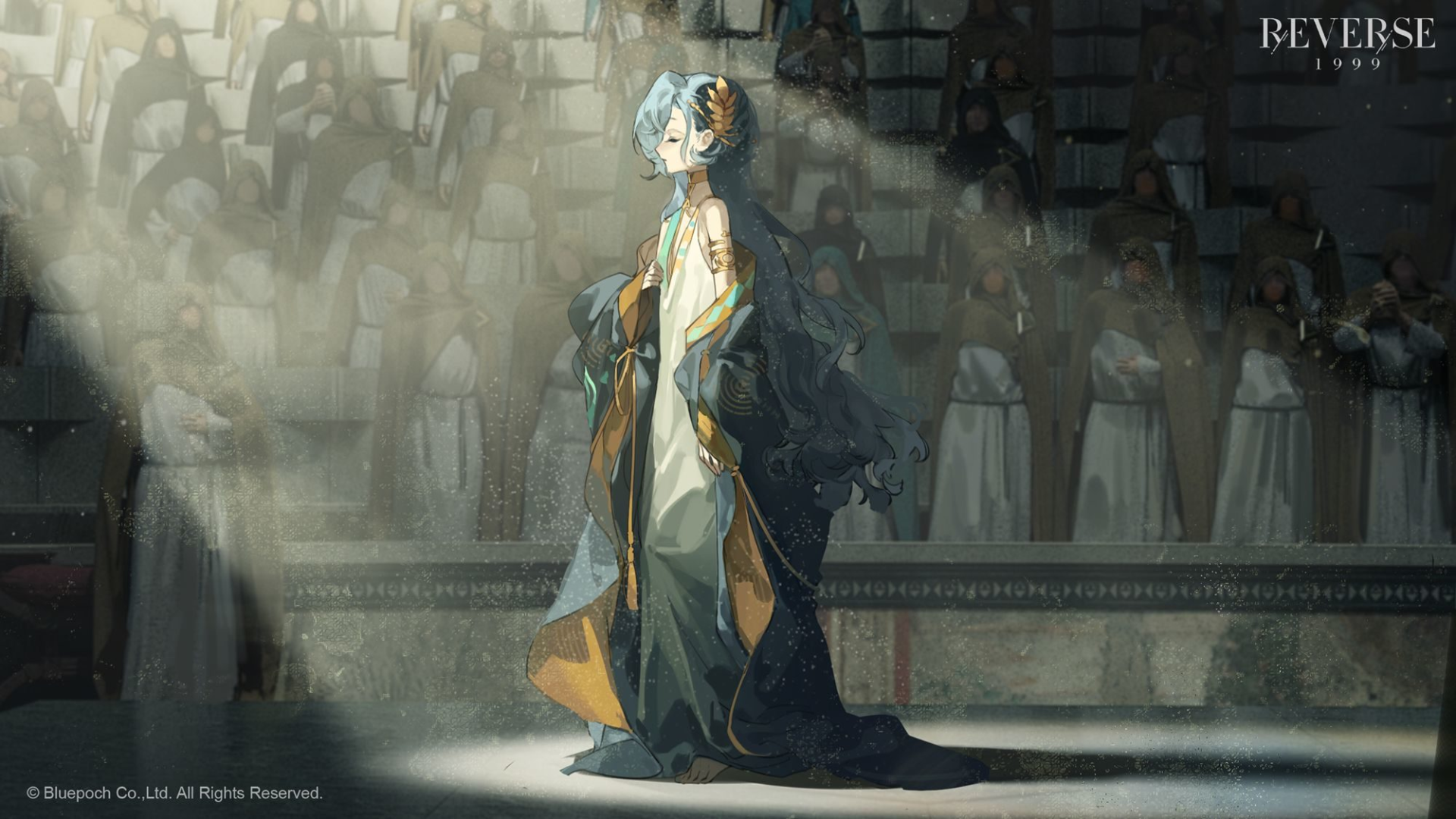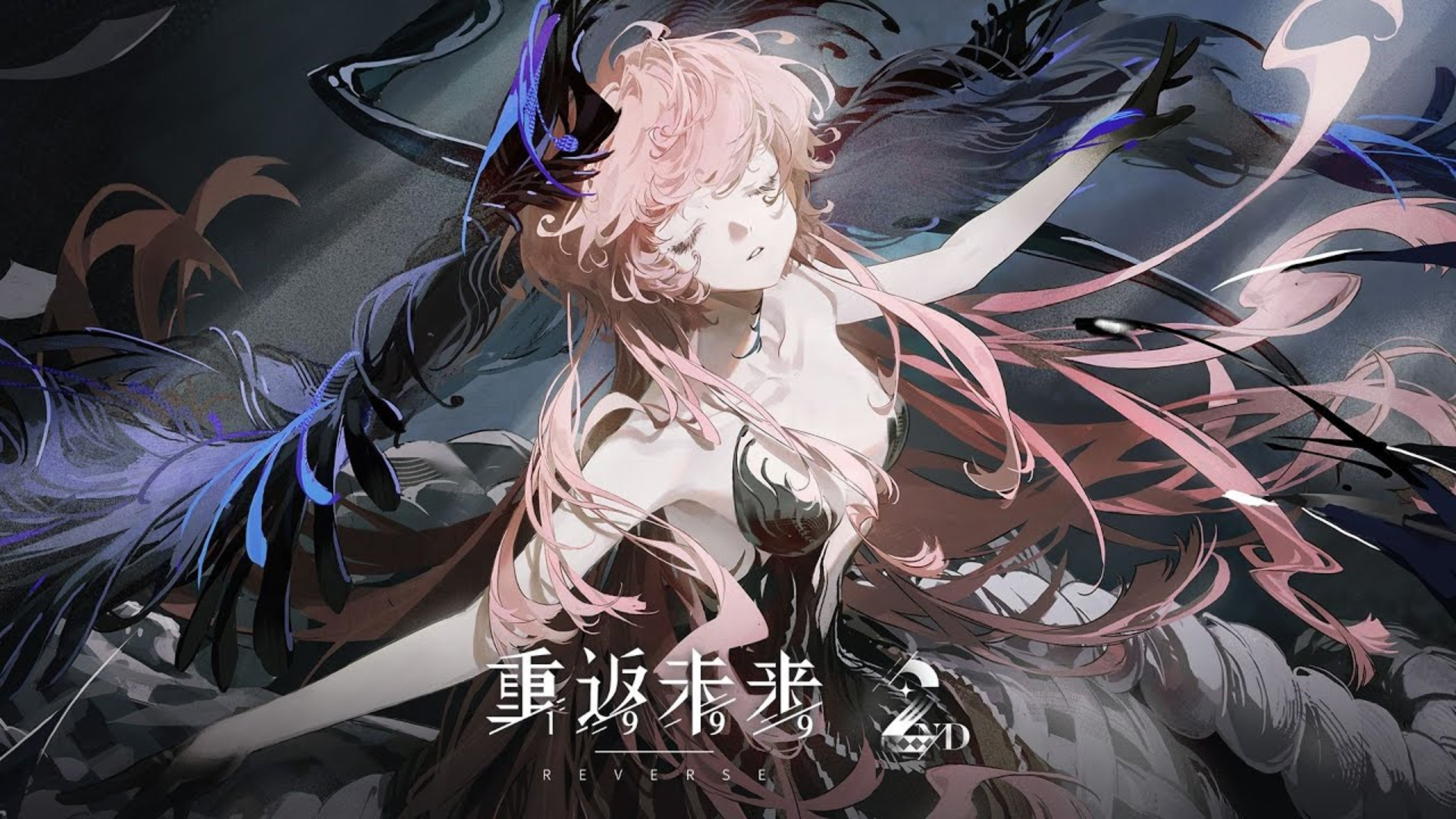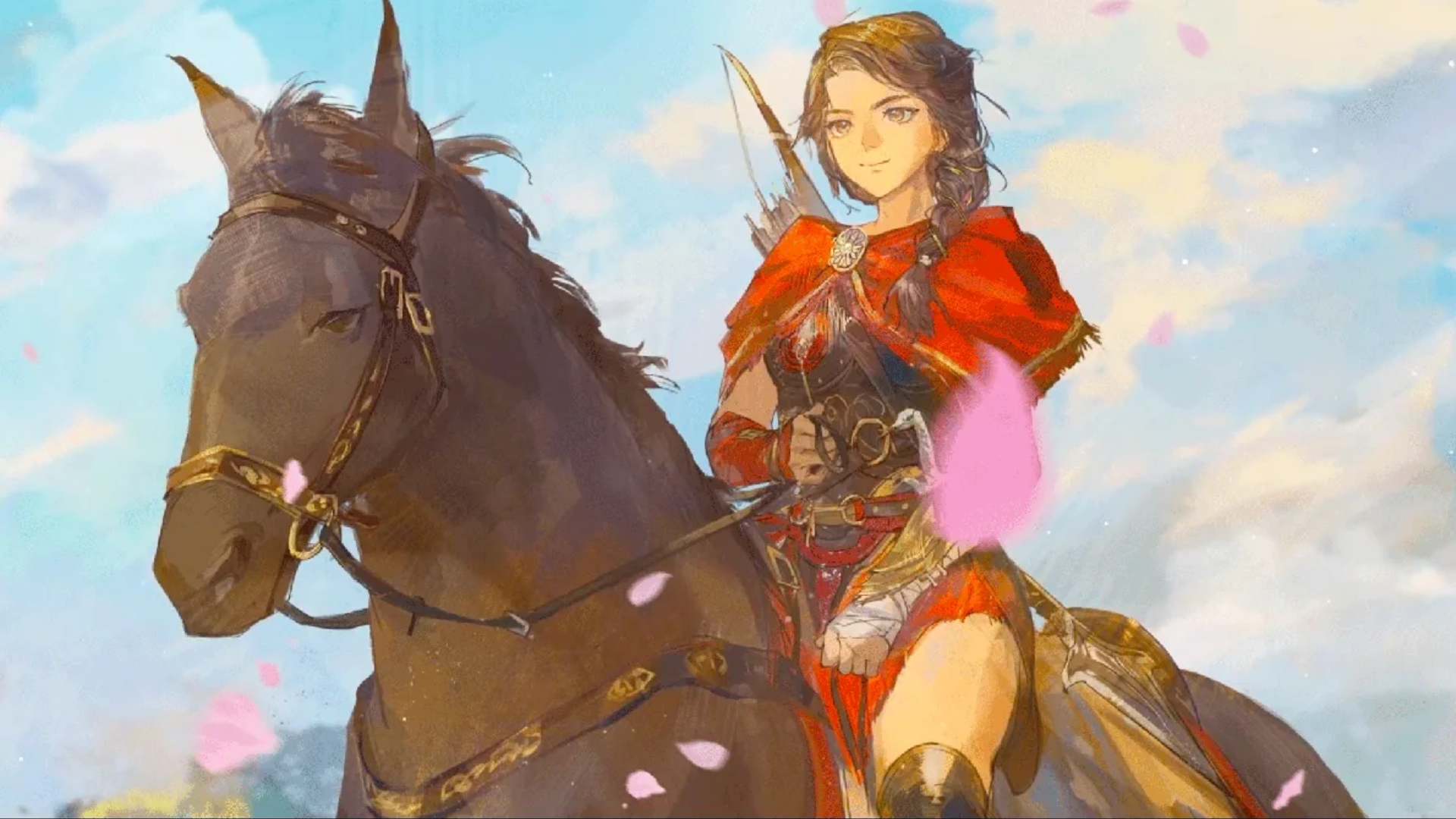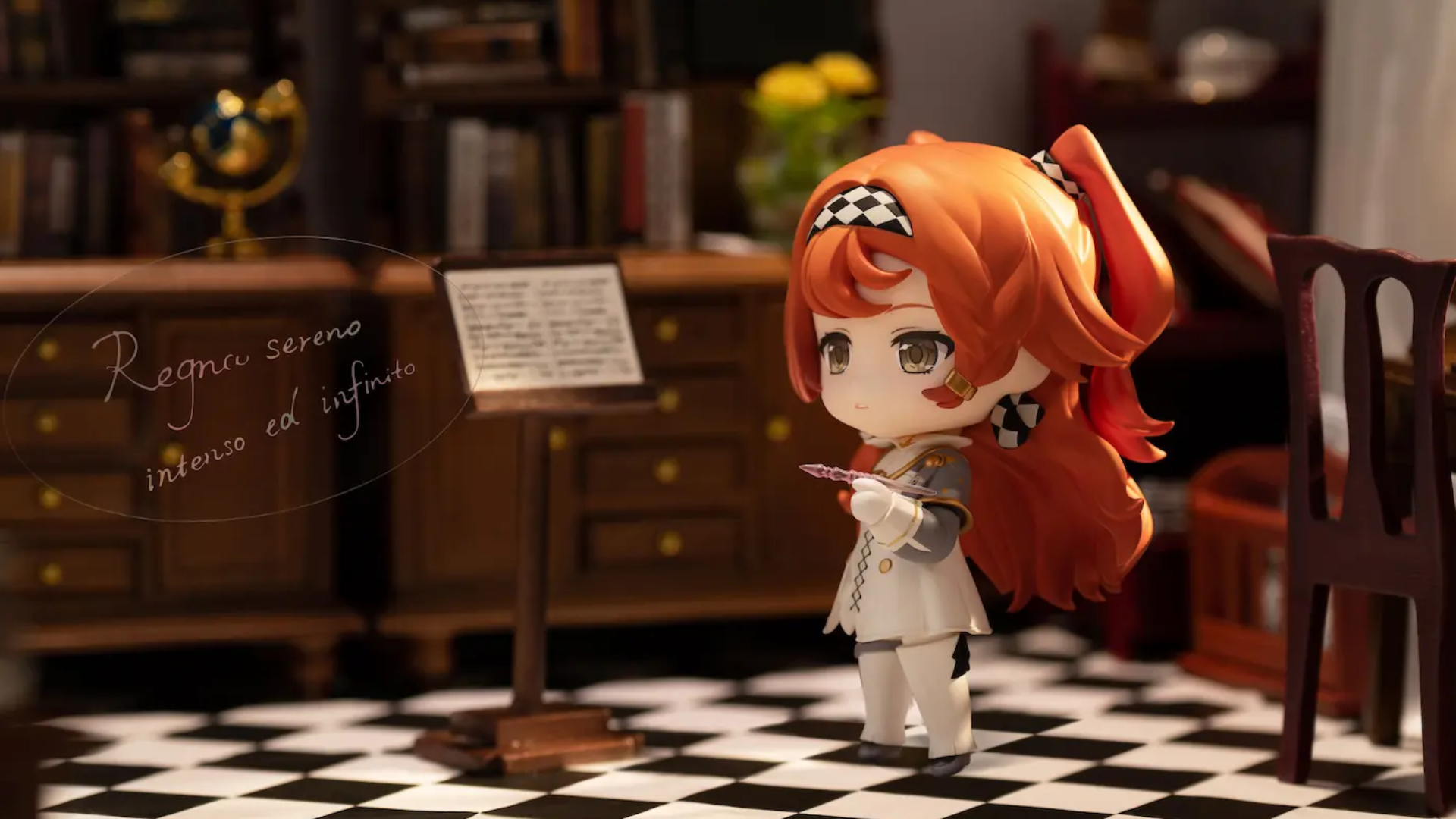Reverse 1999: Gameplay, Story, Gacha System, Modes and more
Reverse: 1999 is a turn-based tactical RPG from developer Bluepoch that blends striking art, a time-twisting narrative, and gacha mechanics in a richly stylized package. Below is a deeper dive into its gameplay, story, gacha system, modes, and what makes it worth your attention.R
Reverse 1999 Gameplay
At its core, Reverse: 1999 employs a card-based, turn-based combat system. Each character commands two incantation cards plus one ultimate card, with cards rated by star level (1★ to 3★). Players can merge identical cards to upgrade them, increasing potency and effects.
Strategic stacking of incantations, arranging turn order, and crafting combos is key to mastering battles. Reviewers note that while the system is approachable, it still rewards tactical planning in harder content.
Though a PC client exists, the UI and flow remain very mobile-oriented. Many players find it more natural to play on phones, citing simpler controls and a better fit for the turn-based combat loop.
Story
The narrative of Reverse: 1999 centers on a phenomenon called the Storm, which rewinds time and erases eras. On December 31, 1999, this Storm resets the world, leaving only certain “Arcanists,” gifted individuals attuned to a mystical force called Arcanum, able to resist the effects.
You’ll take the role of the Timekeeper, guiding heroes across eras (the Roaring ’20s, mid-century, up to the turn of the millennium) in order to intercept the Storm’s spread, unravel conspiracies, and recruit Arcanists to your cause.
The story is richly voiced (full English voice acting in global release) and infused with historical texture, blending retro aesthetics with modern fantasy storytelling.
Reverse 1999 Gacha System
Gacha is the core progression lens for acquiring new Arcanists and cards. Reverse: 1999’s system features summon banners with drop rates for 6★ units, supported by pity mechanics, rate-ups, and incremental guarantees.
One user report states 6★ units start with a ~1.5% rate, improving as pulls accumulate. New characters are initially spotlighted on limited banners, but after some time (often three patches), they enter the standard pool, offering chances to get past units again.
Some players praise the design for being more forgiving than harsher gacha systems, though others warn that the usual pitfalls, event gating, limited banners, and resource constraints, are present.
Modes
Reverse: 1999 offers multiple modes to keep gameplay varied:
- Story / Campaign Mode: Follow the narrative chapters across eras, unlocking lore and character development.
- Daily & Challenge Modes: Grindable content for resources, materials, and incremental rewards.
- Endgame / High-Difficulty Content: Bosses, elite challenges, or special events that demand optimal team building and card synergy.
- Limited Events & Collaboration Modes: Periodic events, often with unique rules or crossover mechanics (for example, the recent Assassin’s Creed collab)
These modes allow both casual players and hardcore strategists to find enjoyment and different paths for progression.
Strengths, Weaknesses & What Sets It Apart
Strengths
- The art, character design, and voice acting are frequently praised as top-tier.
- The combination of strategy + card mechanics gives it more depth than some passive gacha RPGs.
- Its “standard pool” mechanic helps mitigate permanent character exclusivity frustration.
Weaknesses / Critiques
- It still follows many gacha conventions: daily timers, limited banners, and reliance on luck.
- The UI, though serviceable, leans heavily mobile; the PC version is seen by many as a stretched port rather than optimized.
- Some narrative pacing or writing choices have been critiqued as uneven.



